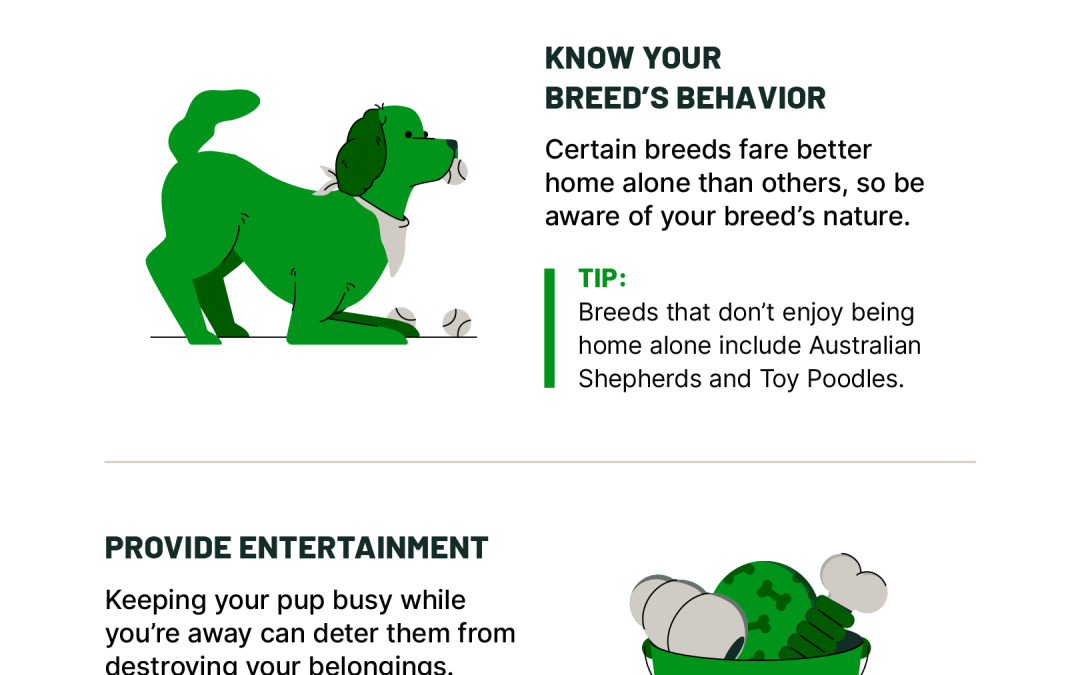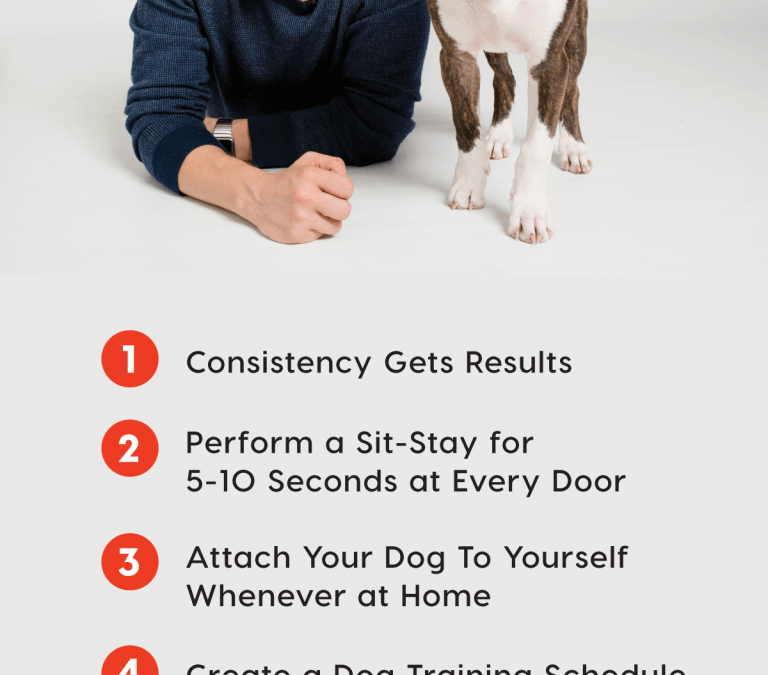
by Ethan Mitchell | May 8, 2024 | Special Training
You can leave a dog alone for 4-6 hours at a time, depending on its age and needs. Leaving a dog alone for extended periods can lead to boredom and separation anxiety, so it’s important to provide mental stimulation and companionship when you’re away. Dogs...

by Ethan Mitchell | May 8, 2024 | Special Training
The 7 commands to train a dog are: sit, stay, come, heel, leave it, down, and off. Training a dog with these commands is essential for obedience and safety. Training your furry companion is a rewarding experience that strengthens the bond between you and the dog....

by Ethan Mitchell | May 8, 2024 | Special Training
Dog training tips for beginners at home involve consistency and positive reinforcement techniques. Establish a routine and use treats to reward good behavior. Creating a safe and comfortable environment will help your dog learn quickly and build a strong bond with...

by Ethan Mitchell | May 7, 2024 | Special Training
To train your dog to behave in public, start with basic commands and gradually expose them to various environments. Consistent positive reinforcement is key to shaping good behavior. Introducing your furry friend to different distractions like crowds, noises, and...

by Ethan Mitchell | May 6, 2024 | Food
Your dog may be showing signs of anxiety or discomfort if it hovers over their water bowl but doesn’t drink. When a dog exhibits unusual behavior around their water bowl, pet owners often wonder about the underlying reasons. Understanding why a dog may hover...







